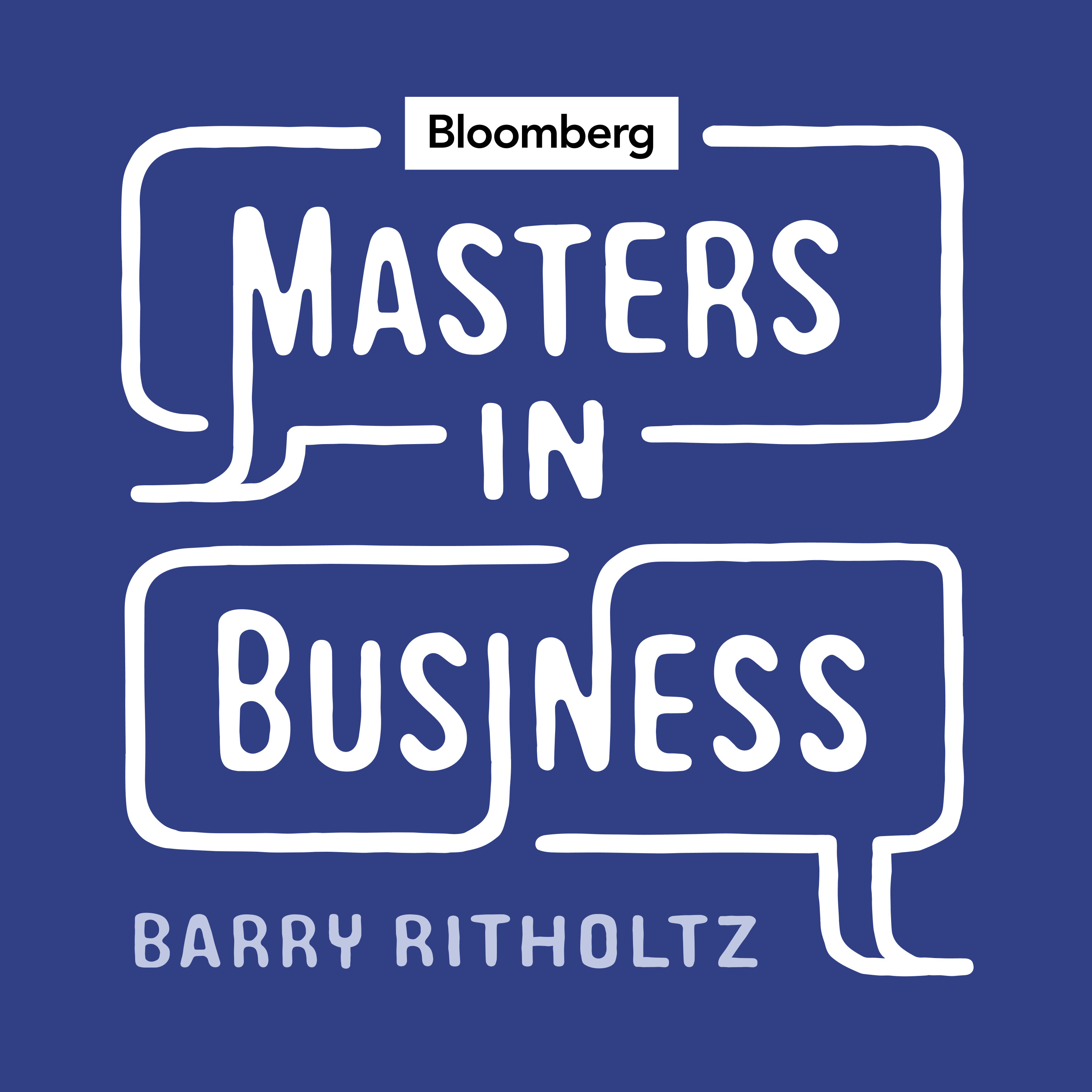
Team Favorite At the Money: Managing Bond Duration

Masters in Business
Deep Dive
What is bond duration and why is it important for investors?
Bond duration measures the interest rate risk of a bond, indicating how much the bond's price will change in response to a change in interest rates. For example, if a bond has a duration of 5, a 1% increase in interest rates will cause the bond's value to drop by 5%. Duration is crucial for investors to quantify potential losses from rate changes and manage risk exposure across different points on the yield curve.
How did the 2022 rate hikes impact bond performance?
The 2022 rate hikes led to one of the worst years for bond performance in decades. The aggregate bond index, representing the taxable bond market, fell by about 13%. Long-duration bonds, such as 20+ year Treasuries, experienced over 20% losses. This was particularly painful for investors who had moved into bonds after the Fed's zero-interest-rate policy post-COVID. Notably, 2022 was the first year since 1981 where both stocks and bonds saw double-digit declines.
Why have interest rates been declining for the past 40 years?
Interest rates have declined over the past 40 years due to several factors: improved central bank management of inflation, globalization leading to cheaper and more efficient production, and demographic changes like aging populations, which reduce consumption and demand for higher rates. These tailwinds have contributed to a prolonged period of falling rates, making it the longest bond bull market in modern history.
What is the significance of an inverted yield curve for bond investors?
An inverted yield curve, where short-term rates are higher than long-term rates, typically signals an impending recession and expectations of future rate cuts. In such scenarios, investors often move into ultra-short-duration bonds or money market funds to avoid risk. For example, in 2024, many investors held cash or ultra-short-term bonds, with financial advisors reducing their cash allocations from over 10% to 7%.
How do money market funds compare to longer-duration bonds in a rising rate environment?
Money market funds are considered cash equivalents, offering liquidity and yields of around 5% in a rising rate environment. However, as rates fall, these yields will decline. Investors are increasingly adding intermediate-duration bonds (3-7 years) to lock in higher yields and benefit from price appreciation when rates drop. This strategy provides both income and potential capital gains as the yield curve normalizes.
What should investors consider when managing longer-duration fixed income?
Longer-duration fixed income carries higher volatility, similar to equities, but can serve as an effective hedge against equity market downturns. For example, long-duration Treasuries often see inflows during market volatility, as seen with the TLT ETF in August 2024. Investors with equity-heavy portfolios can use long-duration bonds to smooth returns and reduce overall portfolio risk.
What is the outlook for bond investors as the Fed begins cutting rates?
As the Fed begins cutting rates, bond investors should consider moving into intermediate-duration bonds to lock in higher yields and benefit from price appreciation. Waiting too long could mean missing opportunities to secure long-duration bonds at favorable rates. The bond market has already started pricing in rate cuts, and investors are advised to adjust their strategies ahead of the next wave of cuts.
Shownotes Transcript
How should investors manage bond duration in an era of rising – and soon likely falling – interest rates?
The challenge is that the longer the duration your bonds are, the higher yield usually is, but the more vulnerable those bonds are to rising rates. When rates fall, long-duration bonds go up (shorter duration much less). There are many ways investors can take advantage of changing interest rates. For more on the subject, Barry Ritholtz speaks with Karen Veraa, Head of iShares US Fixed Income Strategy at BlackRock.
Each week, “At the Money” discusses an important topic in money management. From portfolio construction to taxes and cutting down on fees, join Barry Ritholtz to learn the best ways to put your money to work.
See omnystudio.com/listener) for privacy information.